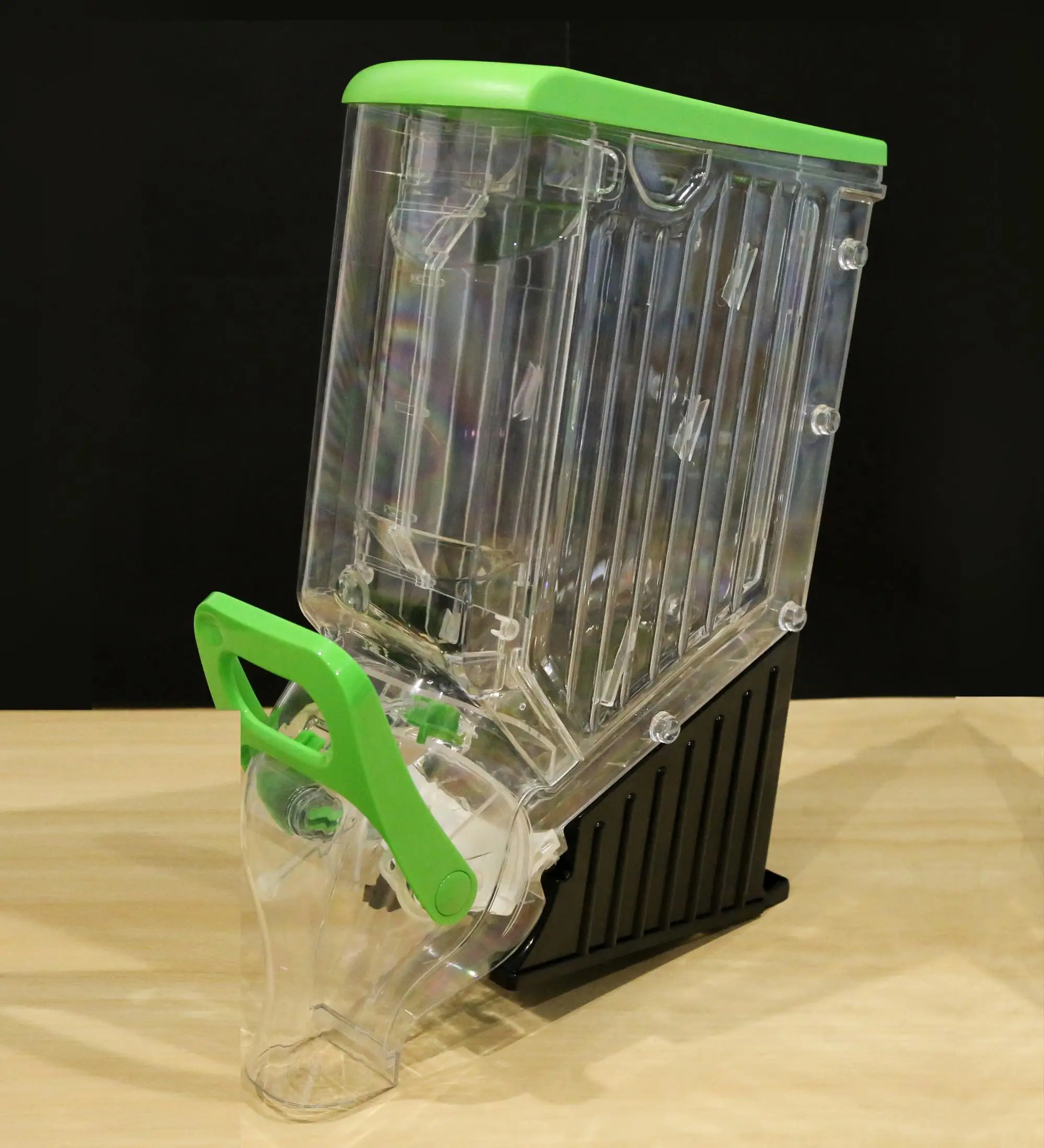



Many researchers devote themselves to studying this method by using experiments and numerical simulations.Įxperiment is a straightforward way to investigate inkjet printing and receives much attention from researchers. Moreover the printing quality depends directly on the ink droplet formation process. However, these applications come with several serious challenges regarding print quality, as well as the requirements for higher speed and accuracy conjunction with increasingly with small ink droplets. Over the past few decades, inkjet printing technology has been widely used in various emerging industrial applications, including fabricating flexible displays, lab-on-a-chip devices, fuel injection, cell printing, and drug delivery 1, 2, 3. These results indicate that the hydrophilic modification of the nozzle inner wall and the choice of inks with high surface tensions will improve printing quality. In contrast, higher surface tension values promote earlier droplet breakup and faster drop velocity. Increasing the contact angle of the nozzle inner delays the droplet breakup time and reduces the droplet velocity. It was determined that the wettability of the nozzle inner wall and the surface tension of the ink are vital factors controlling the print quality and speed. This model was subsequently used to investigate droplet formation in piezoelectric inkjet printing. The present model was verified by reproducing the actual single droplet ejection process captured by fast imaging. As a result, the actuation can be accurately controlled by adjusting the intensity and duration of the positive and negative forces, as well as the idle time. In this model, a time-dependent driving force is applied to actuate the droplet ejection. If the latter you cannot change the reserved seats once you have booked.This paper describes a lattice Boltzmann-based binary fluid model for inkjet printing. Some work it, some don't.Now, between Amsterdam and Brussels you MIGHT be taking an InterCity train without seat reservations, you sit where you like, or you might be taking a Thalys high-speed train with compulsory seat reservations. I have only ever seen a Eurostar train running the 'wrong way round' once in 20 years.If you want to get techy, there are a handful of seats which differ between an unrefurbished classic Eurostar train and a refurbished one (designated e300) (one of which is my favourite seat 61 in 1 st class, annoyingly!), but here we're talking about a new e320, right?See the plan atYou can usually change your Eurostar seats using the 'Manage my booking' link at although whether your booking reference works this feature or not depends where you bought tickets. Of COURSE you can guarantee forward facing seats if you choose such seats from the seat plan, come on peoples! 0)Eurostar ALWAYS has 1 at the London end, 16/18 at the Brussels end. Belgian Railways refuses to guarantee the direction of travel.Seats 55 and 61 in the coaches mentioned are window seats, seats 56 and 62 are then obviously aisle seats, and in terms of being 'aligned' with the window (which I understand to refer to being alongside window rather than wall), I guess 61/62 is slightly better than 55/56, fromI don't understand why you say it isn't possible to reserve (do you mean change?) seats for Amsterdam-Brussels: it's a reservation-only train, so you must have reserved seats, they will be shown on your ticket together with the coach number and departure time. You can guarantee a window seat (or 2, if you are in separate rows), but not necessarily forward-facing seats, for the reason mentioned by Lionheart.


 0 kommentar(er)
0 kommentar(er)
